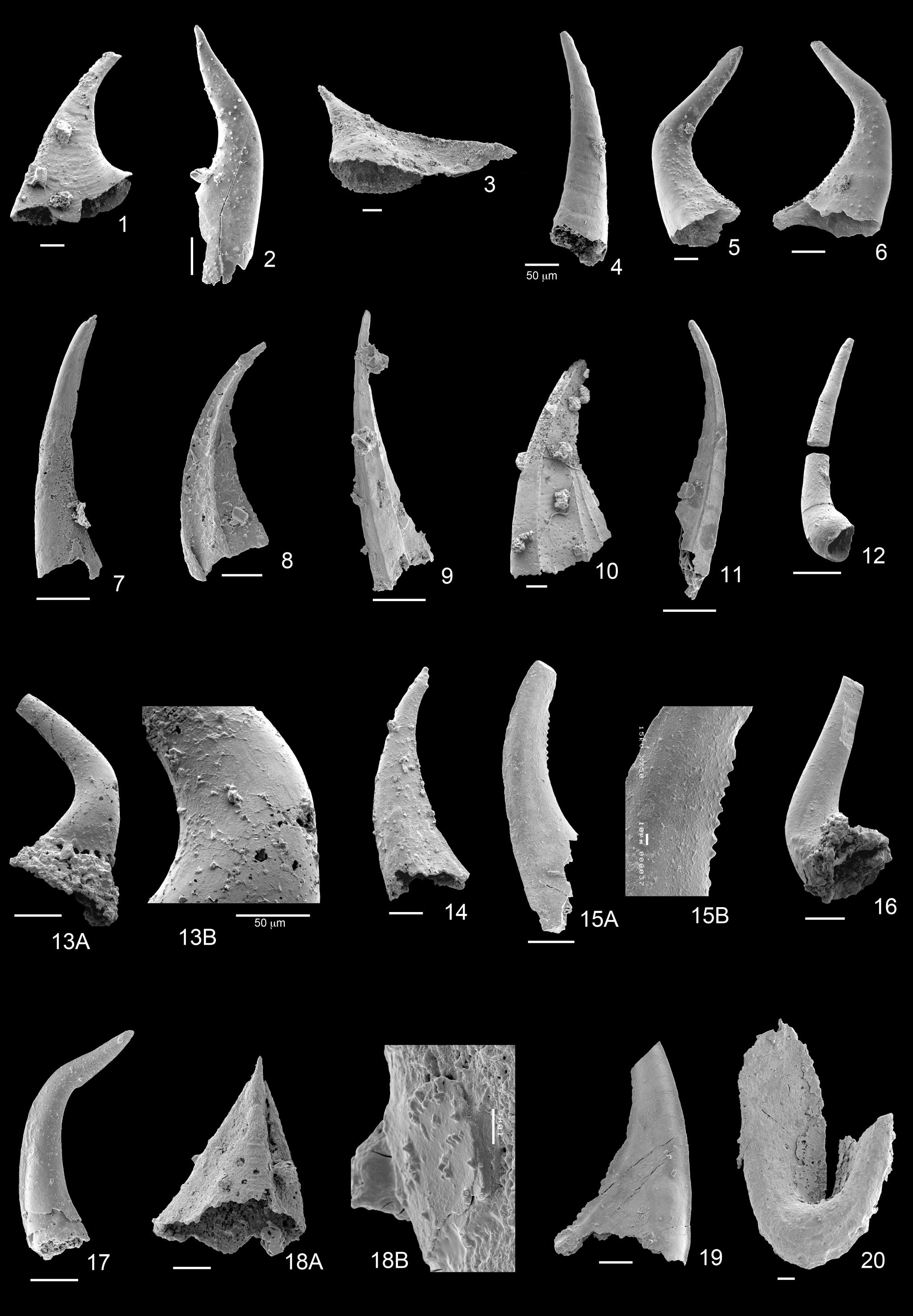CONODONTS FROM THE WA’ERGANG SECTION, CHINA, A POTENTIAL GSSP FOR THE UPPERMOST STAGE OF THE CAMBRIAN
DOI:
https://doi.org/10.13130/2039-4942/8003Abstract
Furongian (upper Cambrian) conodonts from the Shenjiawan Formation, Wa’ergang section, Taoyuan County, Hunan Province, South China are described. The Wa’ergang section has been proposed as a potential GSSP for the base of the uppermost stage of the Cambrian System, at the first appearance of the agnostoid trilobite Lotagnostus americanus. The Shenjiawan Formation consists of limestone with intercalations of marlstone and shale. The conodont yielding is low and the preservation is moderate. The conodont fauna includes proto-, para- and euconodonts. Conodont taxa characteristic of North China, South China and Korea occur together with cosmopolitan taxa. The biostratigraphic distribution of conodonts is directly correlated with the agnostoid trilobite biozones, with the base of the Proconodontus posterocostatus Zone very close to the base of the Lotagnostus americanus trilobite Zone.
Metrics

Downloads
Published
Issue
Section
License
The journal allow the author(s) to hold the copyright without restrictions.
Accepted 2017-01-18
Published 2017-01-18






